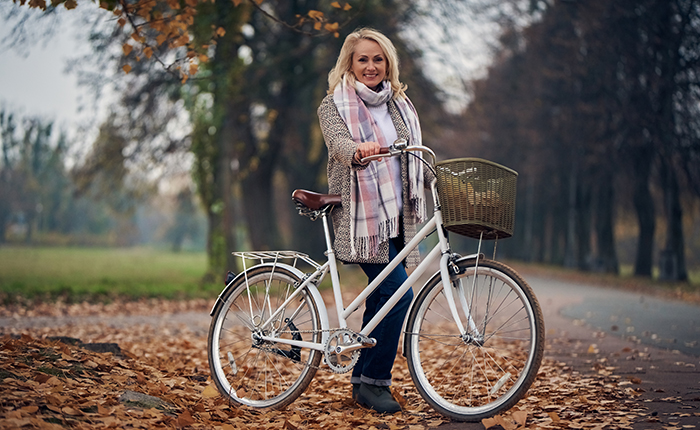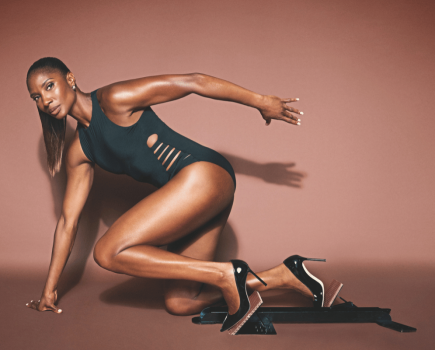Your bike doesn’t run on leg power alone. It needs a good dose of TLC, a regular scrub and a thorough checking over to ensure it stays in tip-top condition. However it can be difficult knowing where to begin if you’re not a trained mechanic and are new to the world of cycling.
Chris Bennett, Head of Behaviour Change at Sustrans, the UK walking and cycling charity, shares his favourite maintenance hacks to help keep your bike in great shape.
You don’t need to be a mechanic to ride a bike
Huge numbers of people get by with very limited knowledge when it comes to repairing a bike, just as we get by without knowing how to mend a car. The main reason to know a couple of basic maintenance hacks is because bicycles are simple devices and mending broken parts can save you a lot of money in the long run. Plus, if you happen to be in the middle of nowhere when something goes wrong, you can get going again without having to wait for help.
Secure your saddle
Check your seat post isn’t loose and that you haven’t exceeded the limit marked to ensure a stable and safe ride. Once you have done this, use an allen key to tighten the seat post clamp. Give the saddle another once over to make sure it’s secure and then you’re ready to go.
Cleaning up
Any dirt or grit that’s on the moving components of your bike can start to wear and damage them over time, so it’s important to give your bike a good scrub and regularly oil the chain. To help with the clean down, try using bicarbonate of soda to remove oil from hands. I sprinkle a teaspoon or so over damp hands, rub vigorously into oily areas and wash with soap and water afterwards.
Check your wheels
A handy tool to own is a quality floor pump with pressure gauge. This is because you will have to work a lot harder to keep your speed up if the pressure is low in your tyres and it’s more likely you’ll get a flat mid-ride if this isn’t checked regularly. Before setting off, always look at the suggested pressure from the side of your tyres and top up if needed. The rear tyre should be pumped up more as it takes the bulk of the rider’s weight.
Avoid mid-ride deflation
Punctures don’t happen often but there are a lot of simple things you can do to reduce the risk. Invest in high-quality tyres with puncture protection, pump them to the correct pressure and check the tyre frequently for shards and stones and lever these out if found.
Identifying a puncture
If repairing a puncture, check the inside of the tyre for stubborn shards of glass, thorns or pieces of flint, otherwise you may make a new hole straight away. Most cyclists swap their punctured inner tube for a fresh one straight away. This is because it’s quicker and you can patch the old one at your leisure.
Brakes will wear
Over time this will happen, especially in wet conditions, so make sure you check you’re brakes over before setting off. To do this, turn the barrel adjuster periodically to ensure the brake is still engaging. Also remember to keep an eye on the pads to ensure they don’t go beyond the wear line.
Don’t undervalue the expertise of a mechanic for more serious wear and tear
Bike repair shops may seem quite expensive but think of the time it will save you for bigger or more complicated jobs. For example, mechanics can identify worn chains before the chain wears out the gears, saving a lot more money in replaced parts. And your bike often feels like new when it leaves the workshop.
As a general rule of thumb, a quiet bike is a happy one. If your bike is squeaking, clunking or crunching there’s likely to be something wrong and the quicker you get it fixed the better.
Keep on learning
If you are interested in keeping your bike in peak condition without the help of a trained professional why not see if there is a local bike maintenance course that you can go on. Courses cover off everything from how to carry out a pre-safety check and repair punctures to brake and gear adjustments.
—








